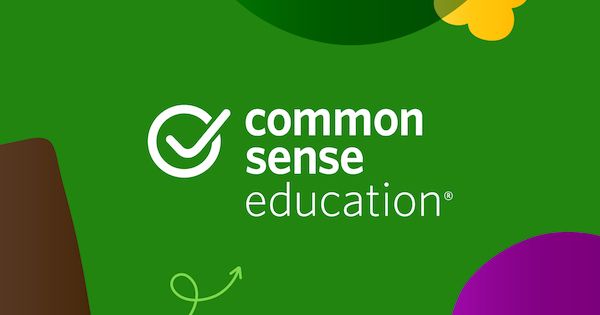Introduction
This article discusses the critical state of early literacy in the United States, highlighting the alarming statistic that two-thirds of fourth graders cannot read proficiently. It emphasizes the need for a cohesive strategy to improve literacy opportunities for all children, particularly those from underserved communities. The authors, Lisa Guernsey and Michael H. Levine, advocate for integrating digital media into literacy education while ensuring that children receive the necessary social interaction and guidance from parents and educators. The piece also outlines the role of policymakers and initiatives like ConnectED in addressing the digital divide and promoting educational equity.
Key Features:
- Focus on Early Literacy: Addresses the challenges faced by young children in achieving literacy.
- Digital Media Integration: Discusses the potential of digital tools in enhancing literacy education.
- Equity and Inclusion: Highlights the disparities in literacy opportunities among different socio-economic groups.
- Policy Advocacy: Encourages collaboration between educators, policymakers, and technology firms to improve educational outcomes.
Use Cases:
- Educators: Gain insights into effective strategies for teaching literacy in a digital age.
- Policymakers: Understand the importance of addressing the digital divide in education.
- Parents: Learn how to support their children's literacy development through technology and engagement.

